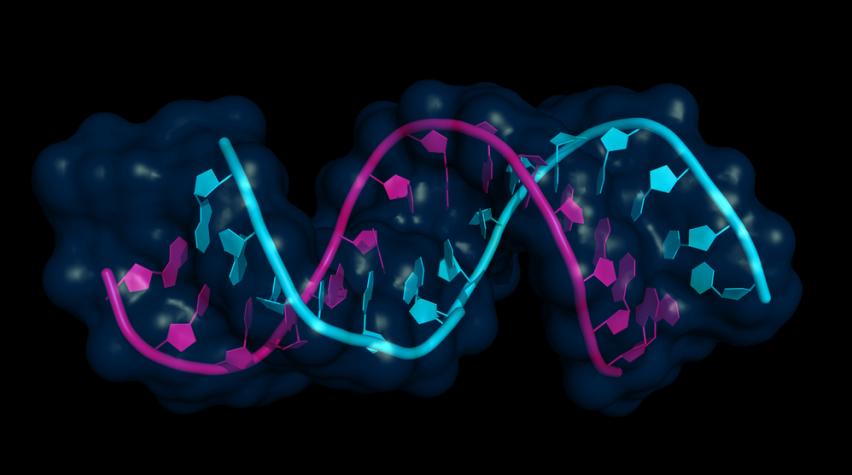
While widely seen as "junk" RNA, human non-coding RNAs may actually be functional, according to findings resulting from the recently completed atlas of human long non-coding RNAs.
New RNA atlas reveals greater complexity
The atlas contains 27,919 long non-coding RNAs and summarizes for the first time their expression patterns across the major human cell types and tissues. By intersecting this atlas with genomic and genetic data, RIKEN researchers' results suggest that 19,175 of these RNAs may be functional, hinting that there could be as many—or even more—functional non-coding RNAs than the approximately 20,000 protein-coding genes in the human genome.
According to Professor Alistair Forrest of the Harry Perkins Institute of Medical Research at the University of Western Australia and Senior Visiting Scientist at the RIKEN Center for Life Science Technologies (CLST), one of the corresponding authors of the paper containing the findings, "By integrating the improved gene models with data from gene expression, evolutionary conservation and genetic studies, we find compelling evidence that the majority of these long non-coding RNAs appear to be functional, and for nearly 2,000 of them we reveal their potential involvement in diseases and other genetic traits.”
Researchers also found that the majority of long non-coding RNAs appear to be generated from enhancer elements, deepening the understanding of the largely heterogeneous origins of long non-coding RNAs.
To view the resources of the long non-coding RNA atlas for yourself, visit the FANTOM CAT site. You can also read the researchers' published findings in Nature.


